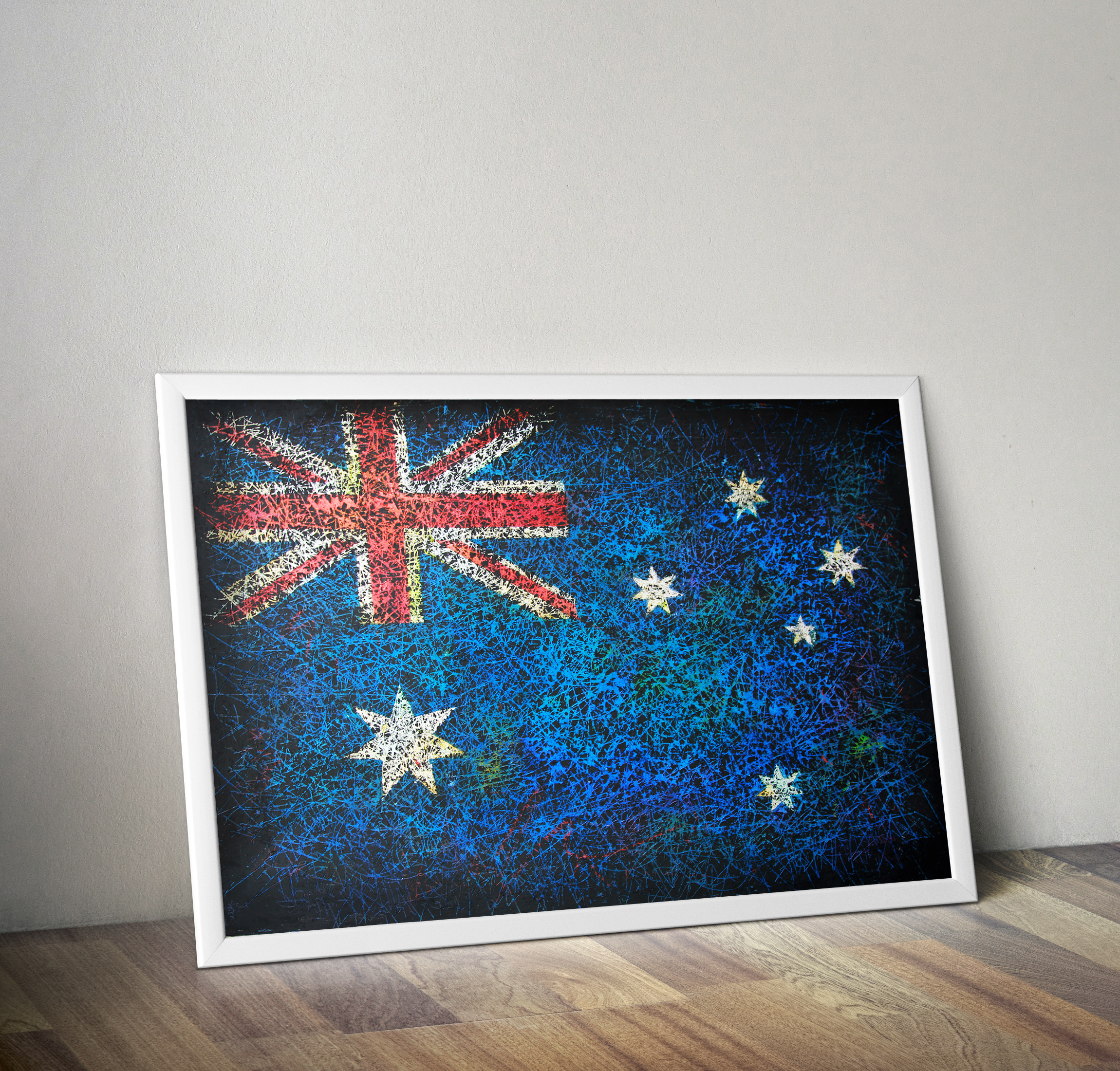The Australian flag is a symbol of national identity and pride for the people of Australia. It is a combination of the Union Jack, which represents the country’s historical ties to the British Empire, and the Southern Cross constellation, which symbolizes the location of Australia in the Southern Hemisphere.

Designed by the late surveyor, Henry Parkes, the current design of the Australian flag was chosen in 1901 and officially adopted on September 3, 1901. The blue background represents the sea and sky, while the stars of the Southern Cross symbolize the unity of the Australian states and territories.
The flag is an important part of Australian culture and history, and it is flown on national holidays, public buildings, and private homes across the country. It is also an essential part of many important national events, including ANZAC Day, Australia Day, and sporting events.
In recent years, there have been debates about whether the flag should be changed to better reflect Australia’s diversity and its relationship with Indigenous people. Proponents of change argue that the current flag does not adequately represent the Indigenous history and culture of Australia and suggest incorporating Indigenous symbols and designs into a new flag.
Despite the ongoing debates, the Australian flag remains a beloved symbol of national identity and pride. Whether or not the design changes in the future, the flag will continue to represent the spirit of the Australian people and their unique place in the world.
In conclusion, the Australian flag is a symbol of national unity, pride, and identity. It represents the country’s rich history, diverse culture, and its unique place in the world. The flag remains an important part of the Australian cultural landscape and is sure to continue inspiring pride and patriotism for generations to come.





